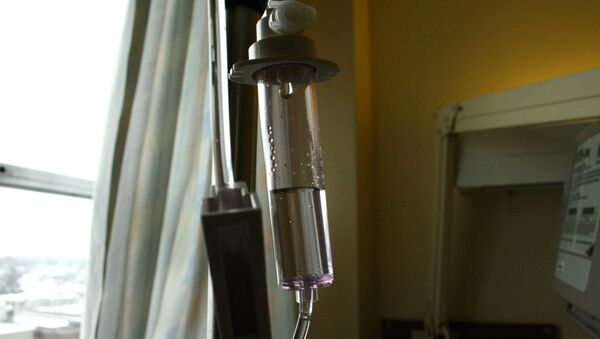Beth Glennon, a client-support coordinator for End of Life Washington (a nonprofit organization that provides support to people facing terminal or irreversible illness) told reporters that the price hike was ‘significant' for many people, since health insurance typically doesn't pay for aid-in-dying medications and they are not covered under Medicare.
The desire to help people with terminal or irreversible illnesses inspired Death-with-Dignity doctors to search for an alternative to over-priced Seconal. As a result, they created a mix of three medications (phenobarbital, chloral hydrate and morphine sulfate) that, in the correct dosage, induces death. The mixture would sell for about $500.
In 2015, 55 of the 155 Death with Dignity patients chose the cheaper drug, according to Dr. Robert Wood, a University of Washington HIV/AIDS researcher, who now volunteers with End of Life Washington.
Doctors in Oregon have also adopted the mix, saying that they want their patients to have a choice. Last year, 16 of the 132 people who died in Oregon under the state's Death with Dignity Act used the new medicine.
"We thought we should concoct an alternative that would work as well," Wood said. "It does work as well."
Last year California became the fifth state to approve the right-to-die law. Valeant Pharmaceuticals was accused of deliberately raising the price on its medication in response to the new law, but company officials denied allegations.
"The suggestion that Valeant raised the price to take advantage of a law that had not yet passed, for a use for which the drug is not even indicated, defies common sense," they said in a statement.
However, the firm's track record is revealing: it bought two lifesaving heart drugs, Nitropress and Isuprel, then tripled the price for one and increased the other sixfold, The Associated Press reported.
Valeant officials, along with those from Turing Pharmaceuticals, faced scrutiny in Congress this year after federal lawmakers released excerpts from documents detailing how drugmakers hiked prices to wring more revenue from new medications.




